Jake Stangel
Born in Montreal in 1986, Jake lives in San Francisco and primarily works on his laptop in cramped airplanes and unremarkable hotel rooms throughout the United States and sometimes abroad. He found his true start in photography while documenting the first of three bicycle rides across America with a trusty Contax G2 and a less trusty 4×5 field camera from eBay that turned out to have light leaks. Jake transitioned from assisting to shooting in Portland around 2009 and is somehow coming up on a decade of shooting a mix of amber-tinged editorial and commercial work for clients ranging from Sauna Monthly to Chobani. His favorite color is sunrise and his favorite fruit is a peach.
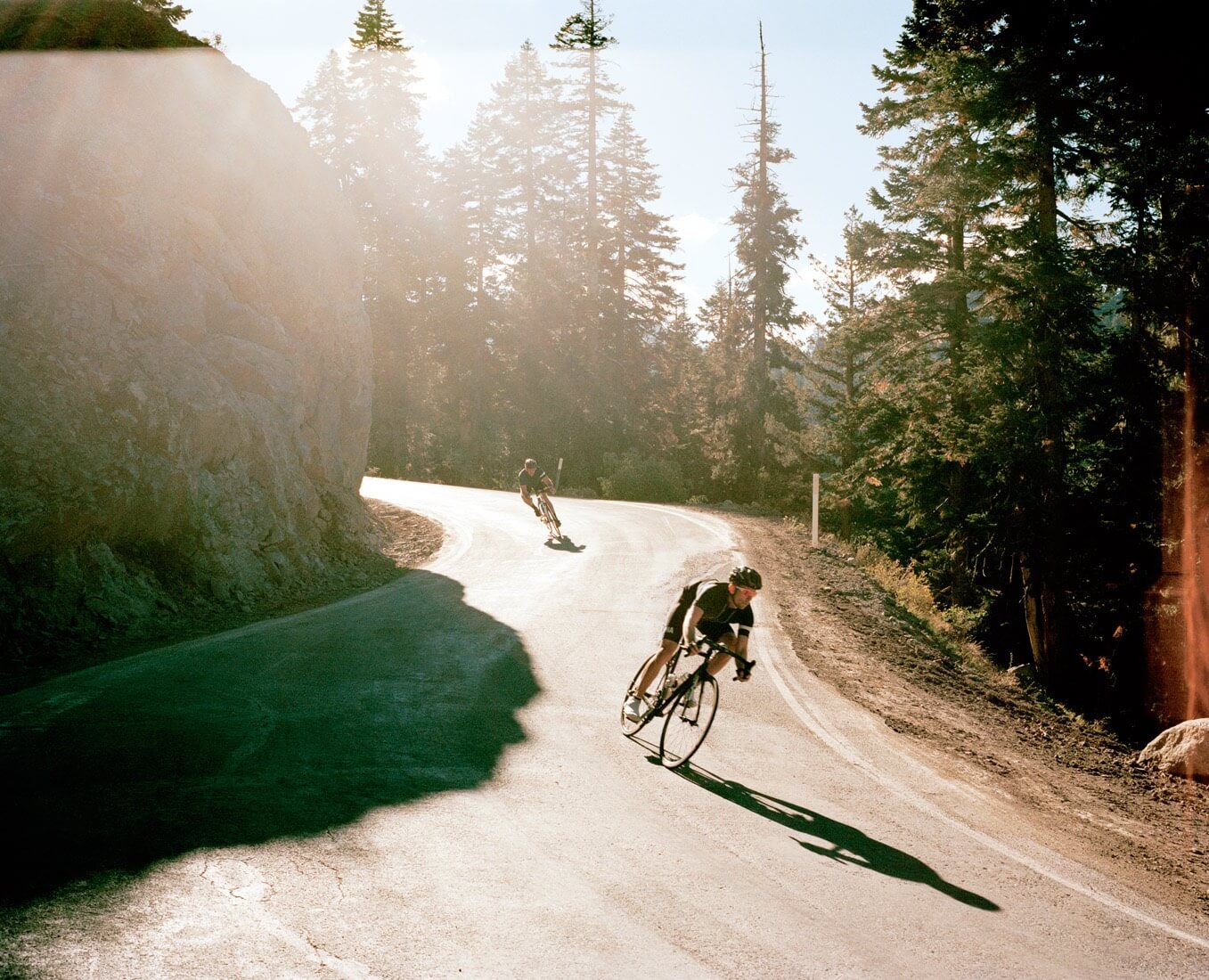
The mind exiting the body, the body exiting the mind. I’ve been spending time with dance and dancers lately, coming to appreciate it as the expression of thought performed physically. I don’t dance unless I’m at a wedding. I ride bikes and rock climb. Those are my things, as much a part of my identity as photography. 30/30/30% or so, the last 10% is spent roasting vegetables.

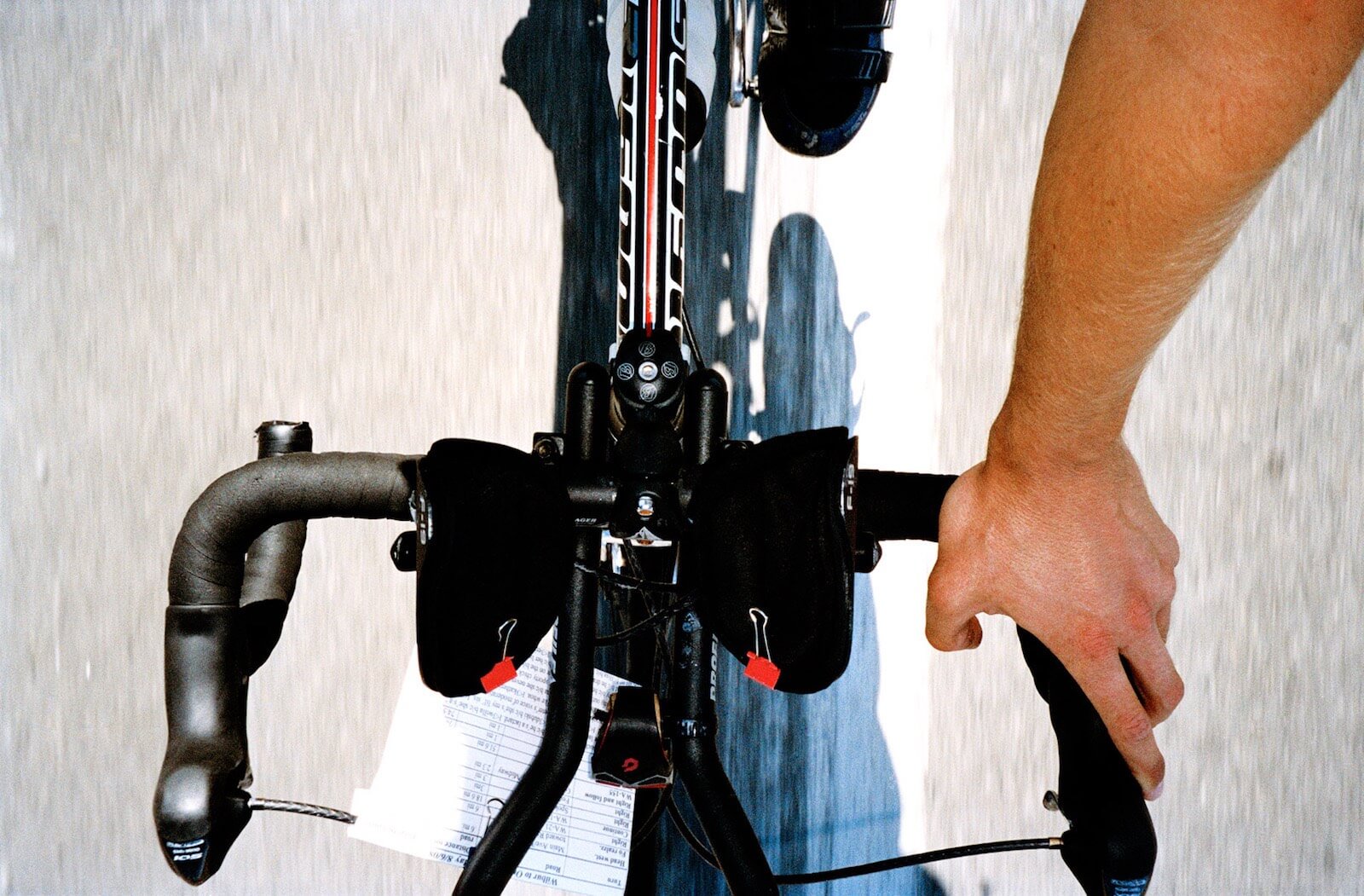
Photography is seldom physical, it’s more of a mind-based practice that often involves little input or output from the body. For me, cycling is the antidote- a practice that wholly engages the body and the mind, fusing the two into one. In its greatest moments, cycling creates an ephemeral third point that hovers between mental spirit and physical buoyancy, an object suspended mid-air by two magnets.
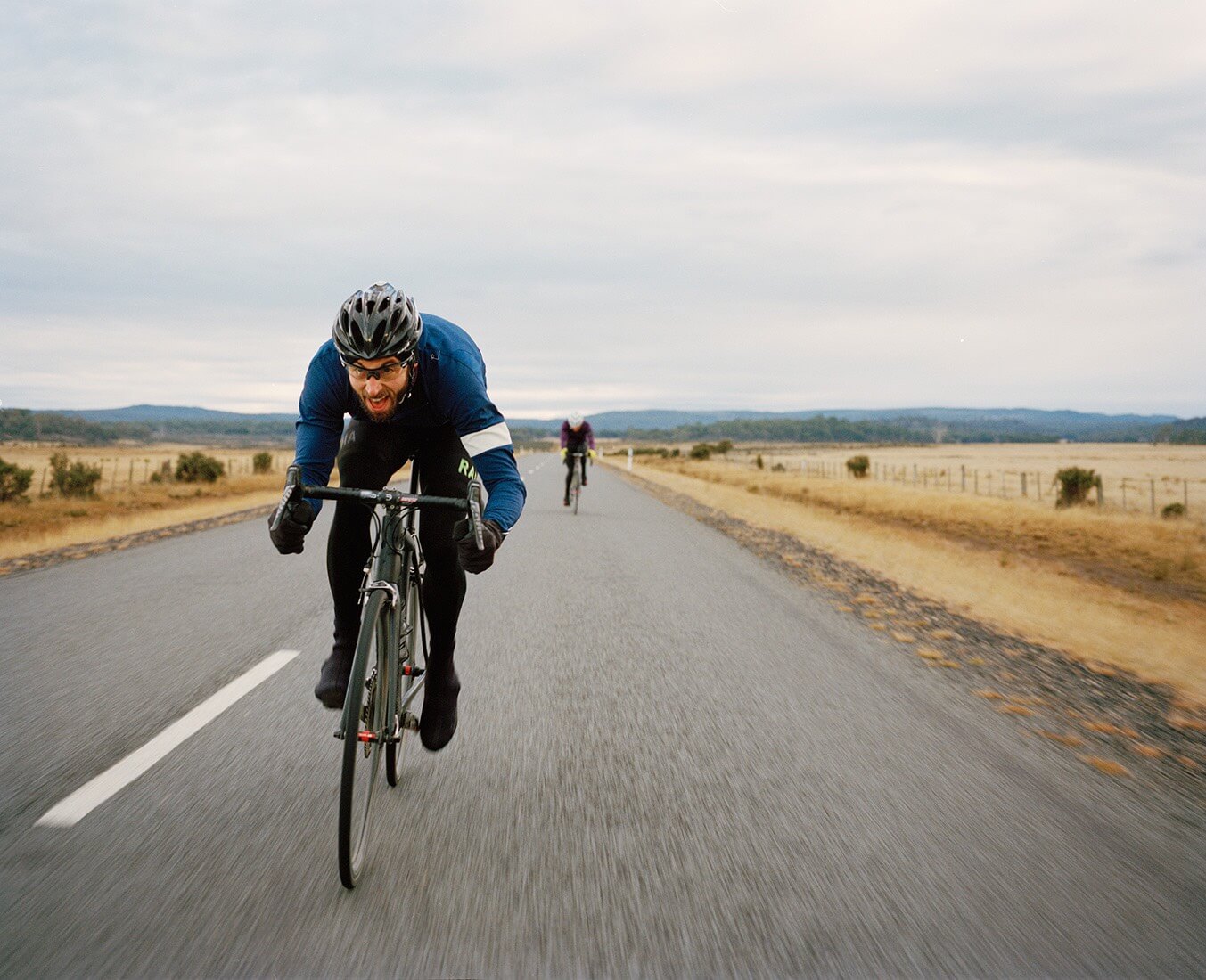
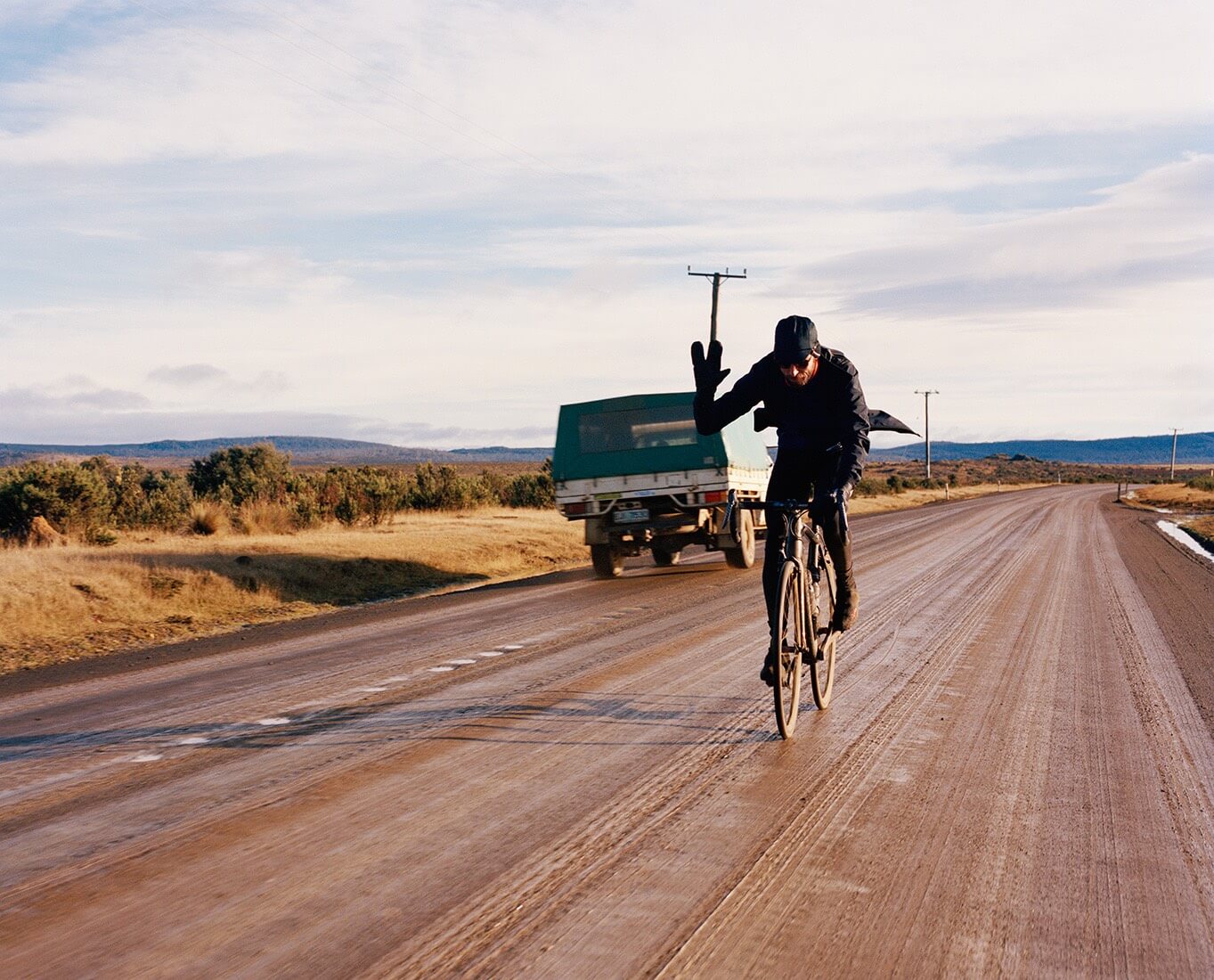
A couple nights ago, I watched two friends from Fullstop dance perform in our hometown. The duet was intensely, almost defiantly physical, veering between moments of visceral, brute strength and weightless grace. I sat near the front, watching a burning focus and intensity in the dancers’ eyes. When the music quieted, you could hear how heavily their bodies were working, chests rapidly heaving in and out. In combination, it was the place you arrive at when the body performs as a conduit of the mind and you bring both to a 10. In that moment, I could identify with that feeling; it brought a relatability and a certain sense of kinship towards the piece for me. I talked to one of the dancers, Katie Meyers, afterwards, remarking on how physically demanding the piece looked to perform. She confirmed that it was but added that, more than anything, it was “exhausting yet empowering”. This notion has stuck with me as the basis for why we follow our respective pursuits.
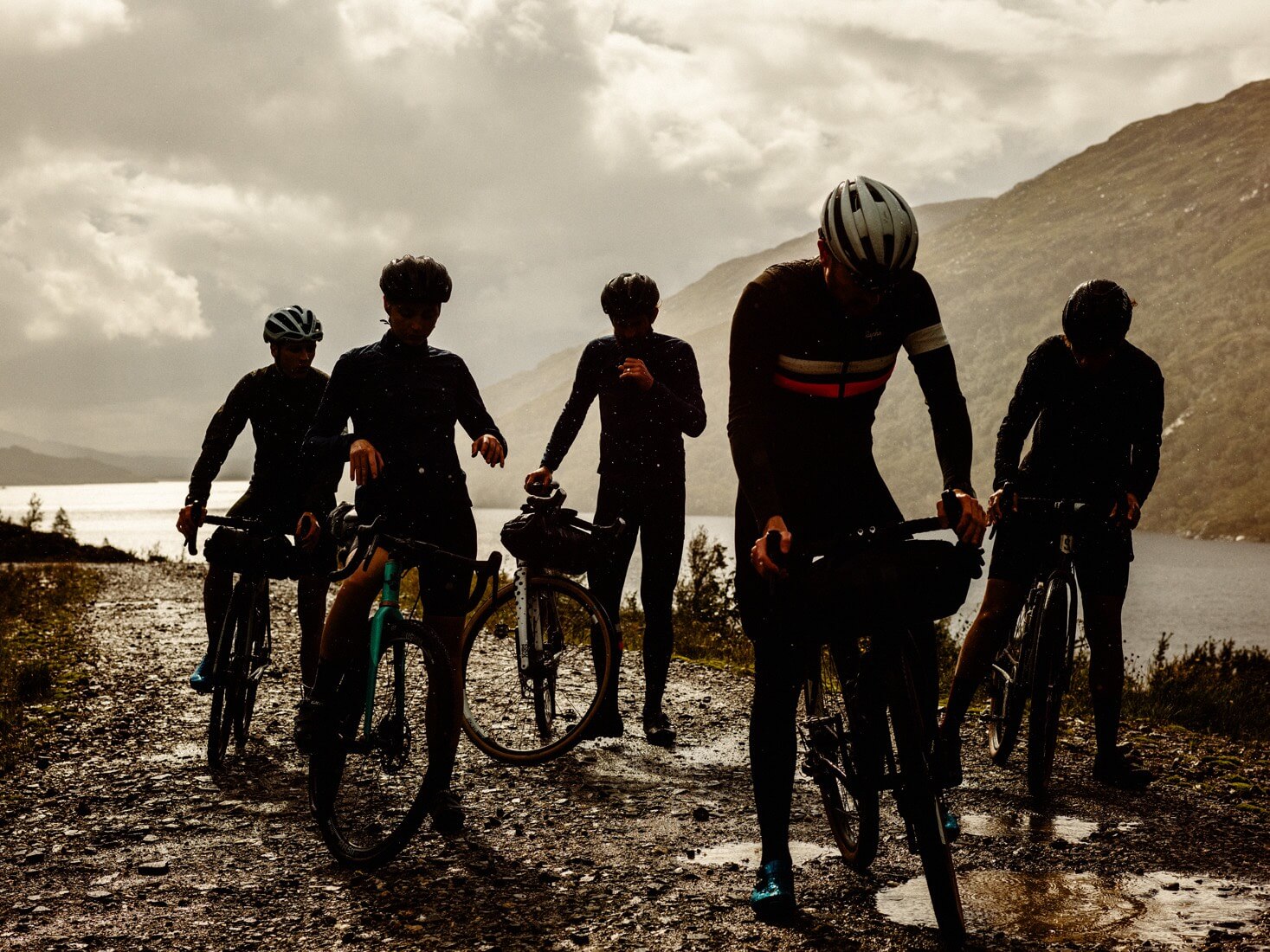
To be abundantly clear, there’s a difference between the artfulness of dance and things constituting ‘exercise’. This isn’t about just getting off on an endorphin high. I don’t go out on a bike ride under the pretense that I’m practicing art. Cycling seldom possess the expression of dance, but in peak moments I have achieved that very same feeling—this buzzing, hypnotic transcendence, a mastery of your body and your every movement—that the dancers had on the stage.
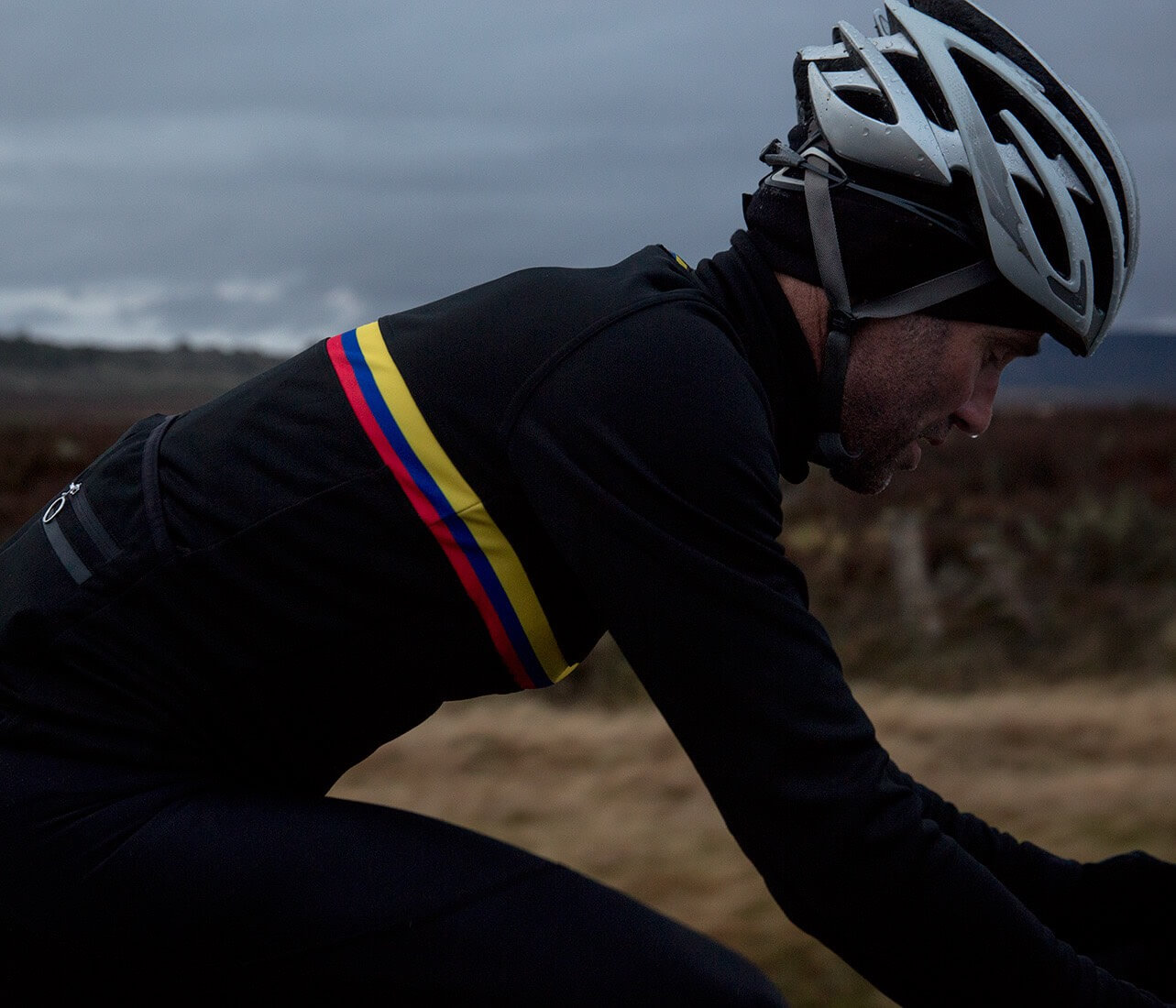
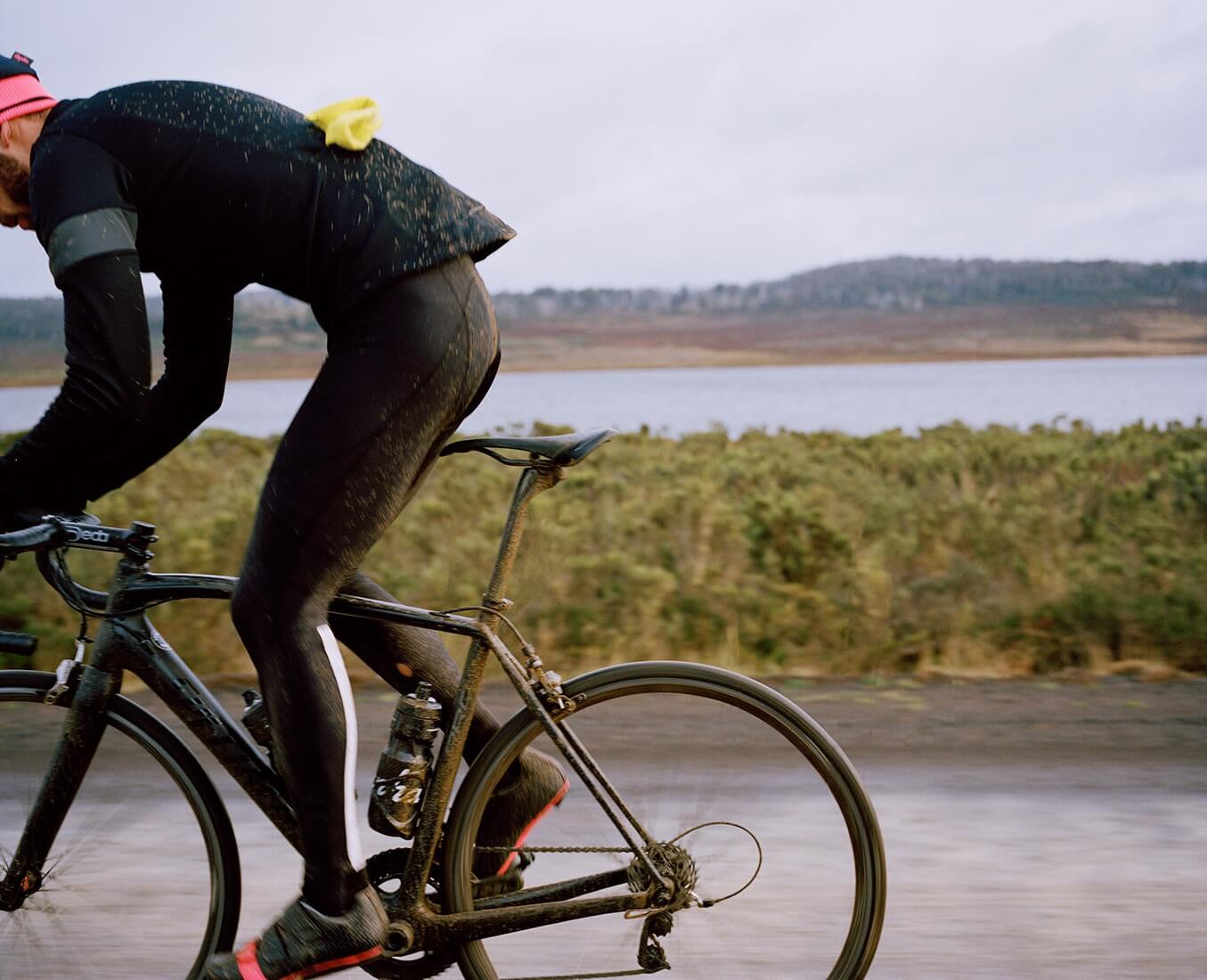
This is a photo magazine, photographers aren’t exactly known for their rippled, lithe bodies or their physical pursuits. Your relationship to bikes might be non-existent, or maybe you ride to work, or see other people riding to work while you’re in a car or on a bus or the subway and think we’re crazy. Since my childhood, the bicycle has represented freedom and exploration. It’s a burden-less machine, a magic carpet without walls or windows or barriers. Light enough to pick up, requiring no gas, it quietly transports me under my own power and discretion for as far as I can think to ride.


Once you ride away from the din of the city, its you and the bike. A simple equation. There’s a clarity and purity in those moments, no matter how fleeting, that is like no other experience in the world. Things distill, fall away. Your tires emit a soft rubber hum as you connect to the ground below you. The bike has been my teacher and guide in learning every undulating valley and peak in the wilderness around my house. In a 40 mile radius from my front door, I can tell you the specific traits of nearly any mile of rideable road or trail: its precise curves and surface texture, where to carry speed, which cattle gates you can squeeze through and which you have to lift your bike over, where to find bay leaves from bay trees throughout Marin to cook with dinner that night.
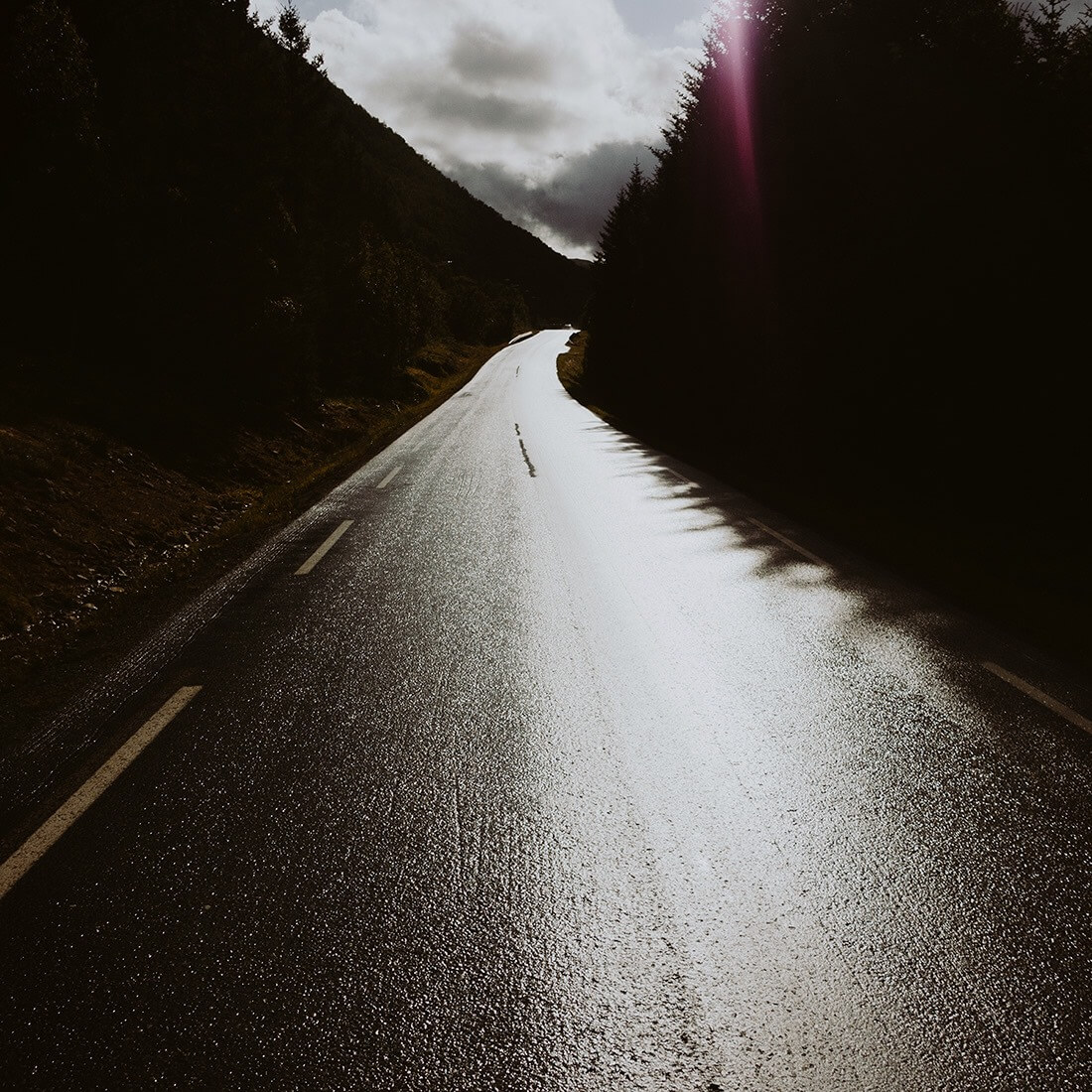
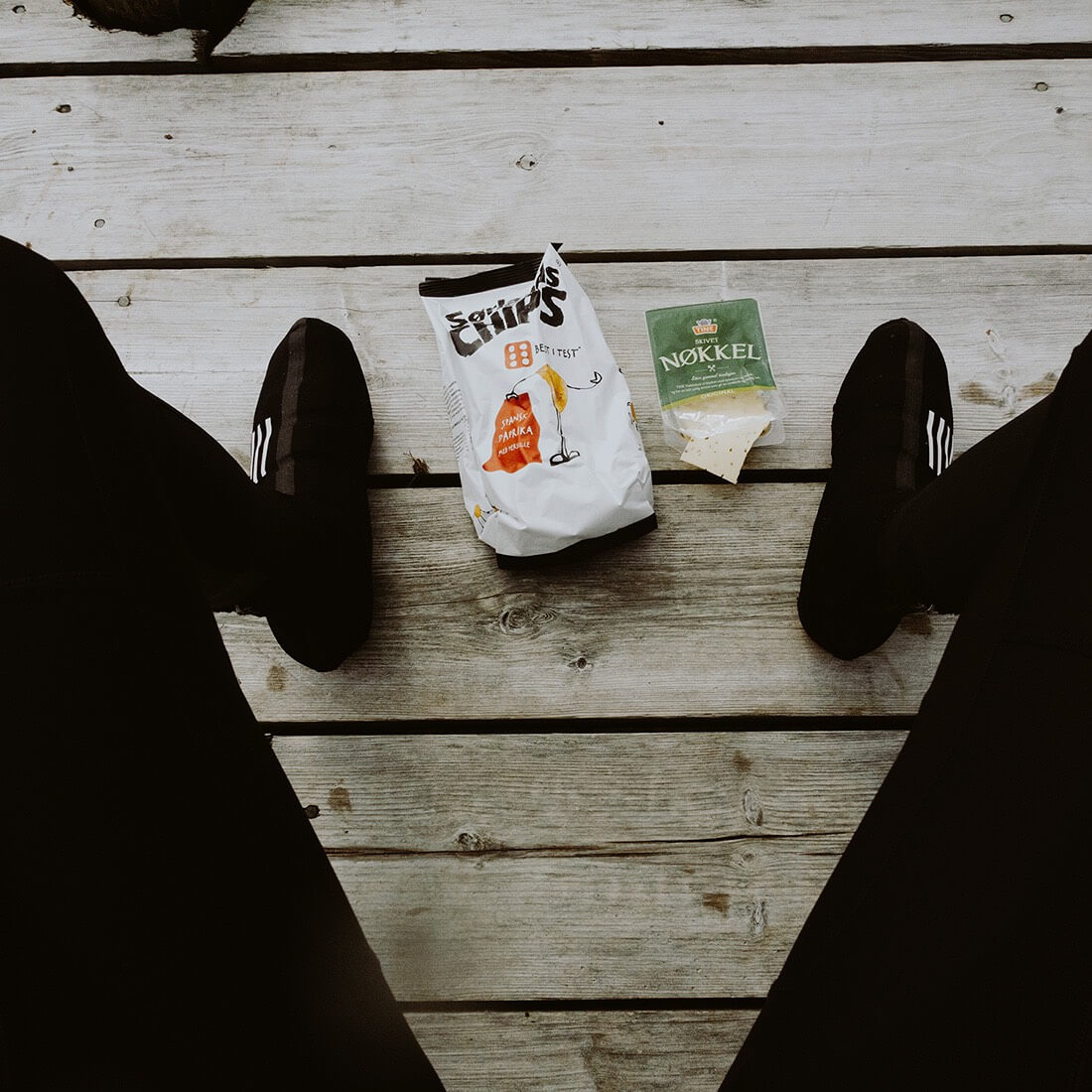
There’s a lot of high-low in cycling. On the high end, you can choose to make it intensely physical and speedy, working your body up a mountain climb with a metronomic synchrony, faster faster, louder, legs churning, breathing in synch with your efforts, your body slackens, tightens, breathing into the depths of your lungs, eyes beginning to un-focus, body humming, mind descending into a state of ecstatic blank pleasure.
On a good climb, you can quite literally achieve a vibrational meditative state, your body transformed into a thrumming machine, your mind put into a zone of unclouded elation. This is not about pain at all. It’s about the pleasure of hypnotic, focused exertion. A higher state. Like dance, the mind exiting the body. At the top, everything releases: your breath, your muscles, the focus of the effort. Panting, with droplets of cloudy sweat inching down your temples, you return to earth, allowing yourself to release from meditation.
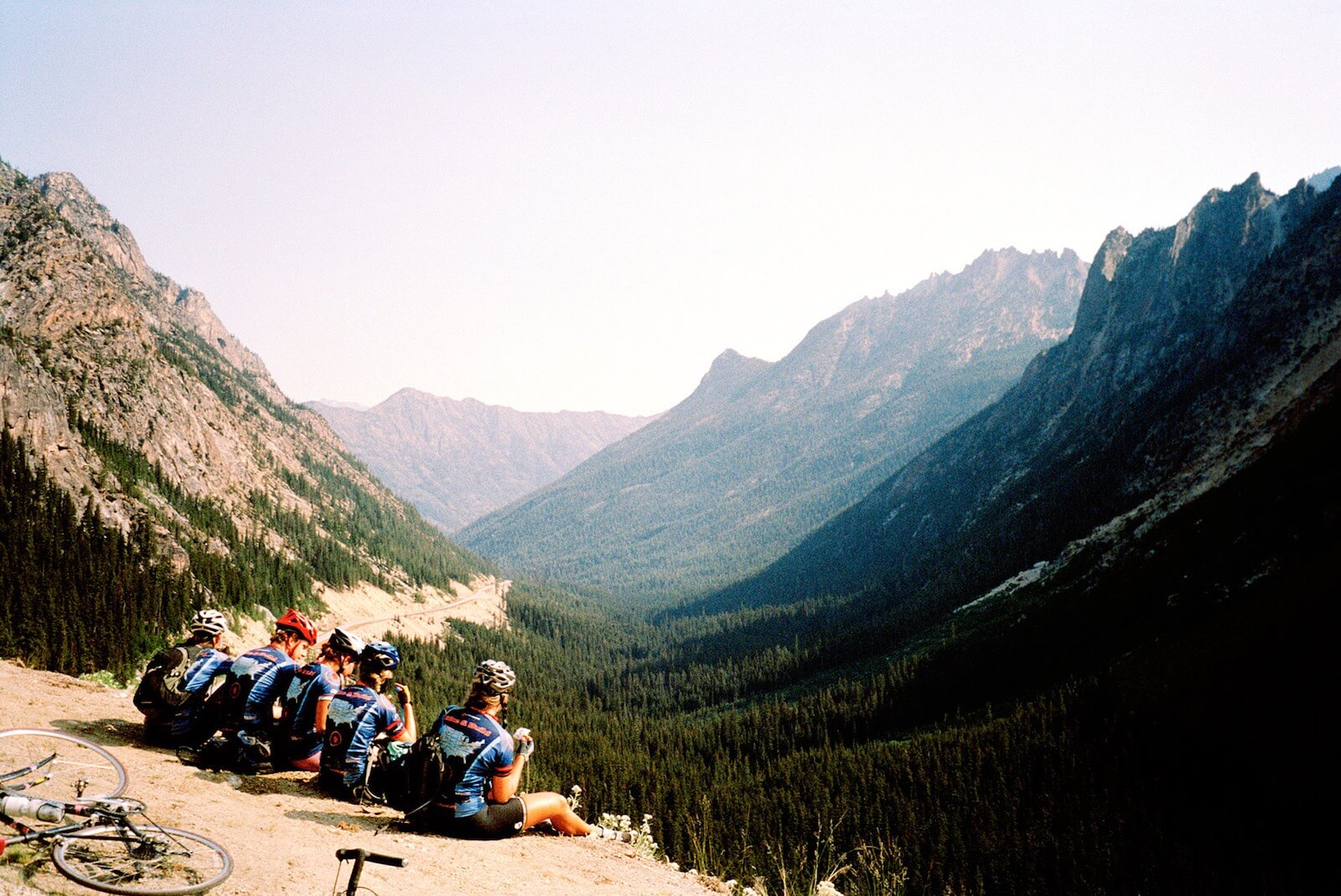
Alternatively, on the low end, you can ride a bike the way a cowboy/cowgirl trots along on a grumpy horse, exploring a trail in the forest or an unpopular and empty mountain pass, crawling along at 8 miles an hour, dwelling on every smell and sound, having perhaps just as transcendent an experience. Like hiking, but with a bike. Biking. On a ride through the Swiss Alps last year, I was simultaneously so struck by the landscape and so disinclined to hurry through it that I actually had to *add* layers as I climbed up the mountain (which anyone who has done any type of exercise going uphill knows, means you are moving very, VERY slowly). That ride was as memorable as some of my fastest.
Regardless of pace, the bike is a constant: a magic carpet ready to provide whatever you need that day, whether its high or low. But you’ll have a guarantee that you’ll learn something new about the places you ride through and that you’ll have a story to tell by the end of the day.
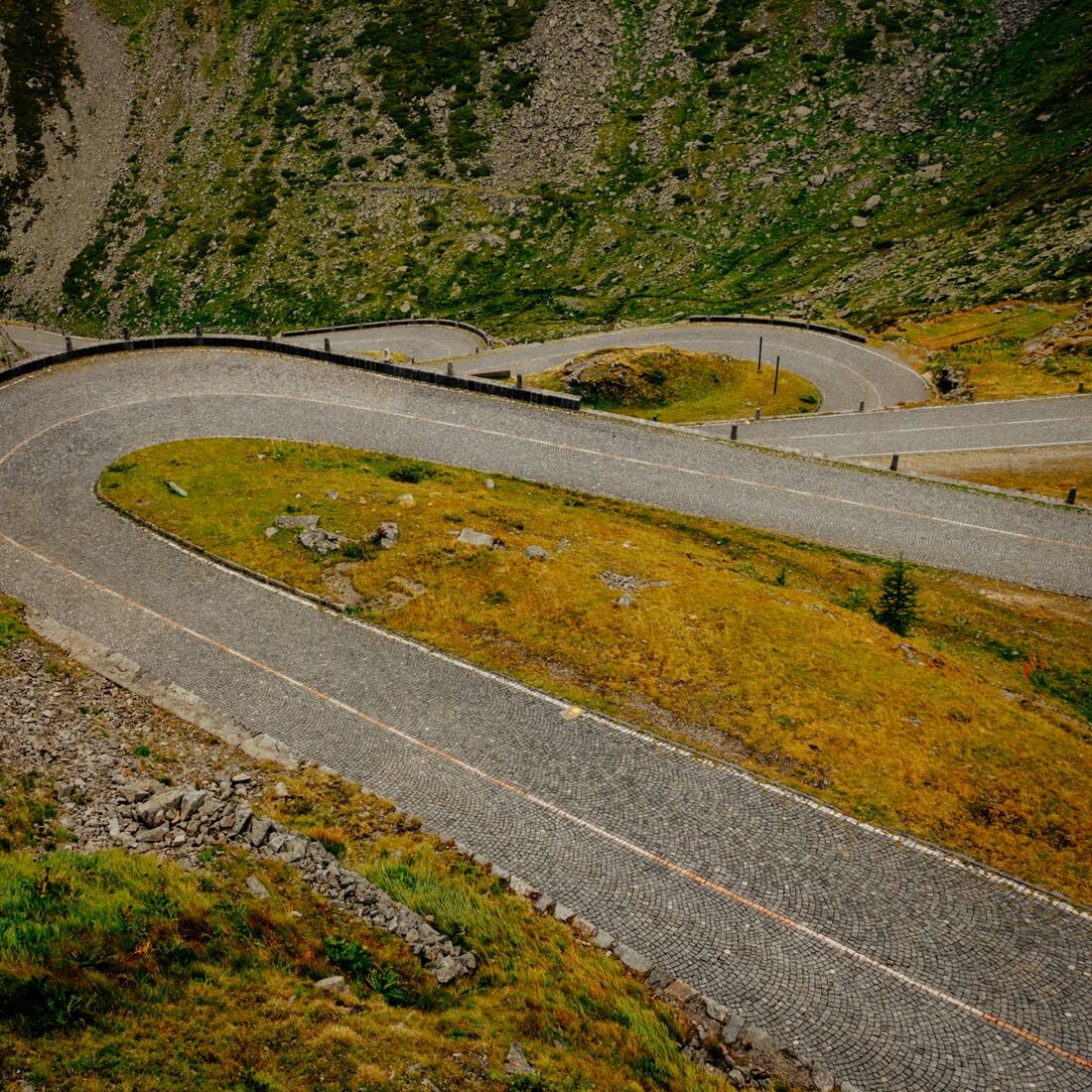
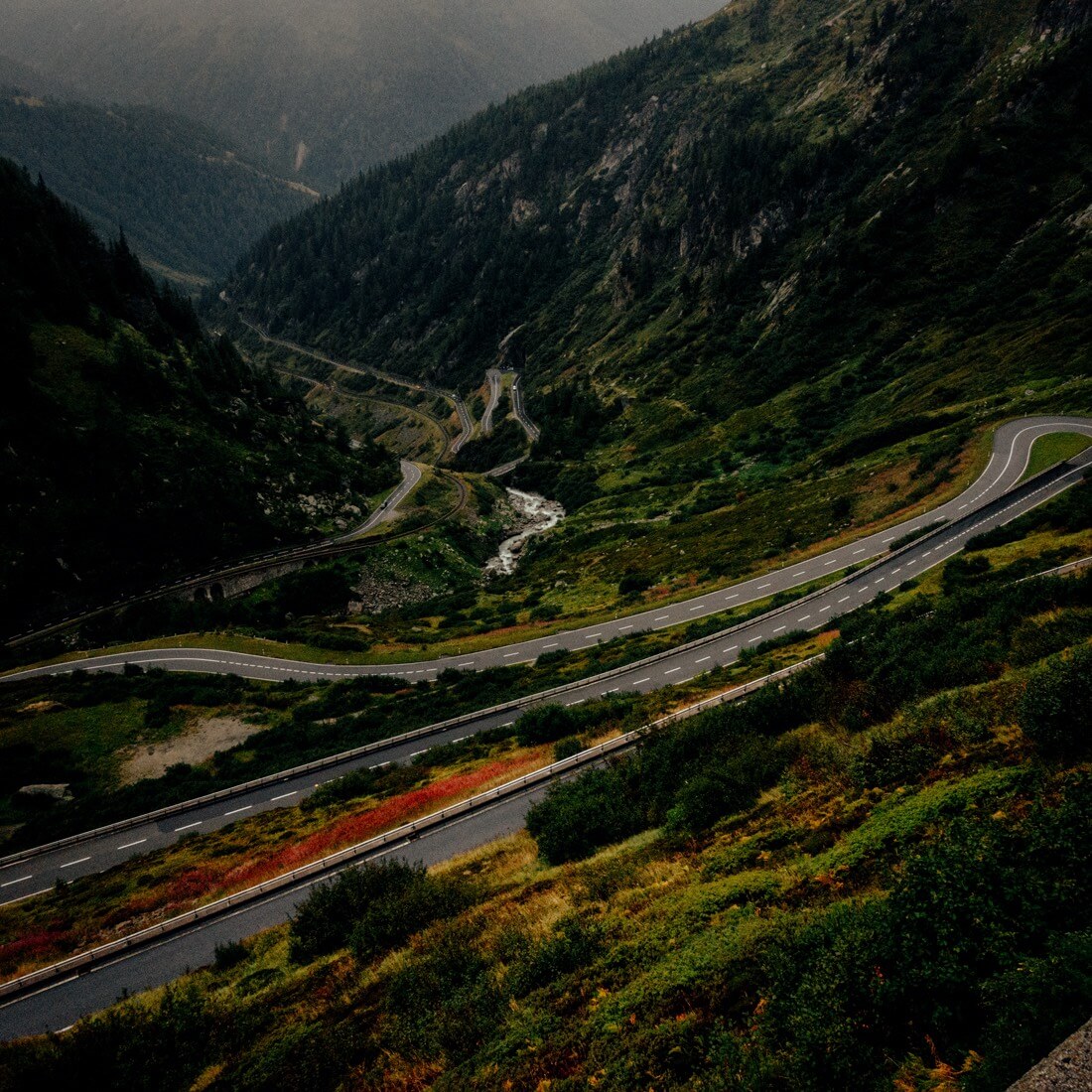
The intersection of photography and cycling for me is two-sided. I don’t ride to help my photography, I ride to cleanse my mind of it, and to provide the physical elation and expression that it can’t provide. At the same time, riding provides an opportunity for me to *feel* the most, mentally and physically, a desire that transfers back into my work. The heightened awareness of sensation that I feel on the bike is exactly how I try to work with a camera. I think about how to take a photo that feels like the warm sun on my skin, how to shoot in a way that captures the smell of pine needles in the forest, how to translate the sensations of inertia, texture, sound, taste into a two dimensional photograph. As much as cycling is emotional, physical, cathartic, evocative, personal, I want photography to feel the same way: the body exiting the mind.
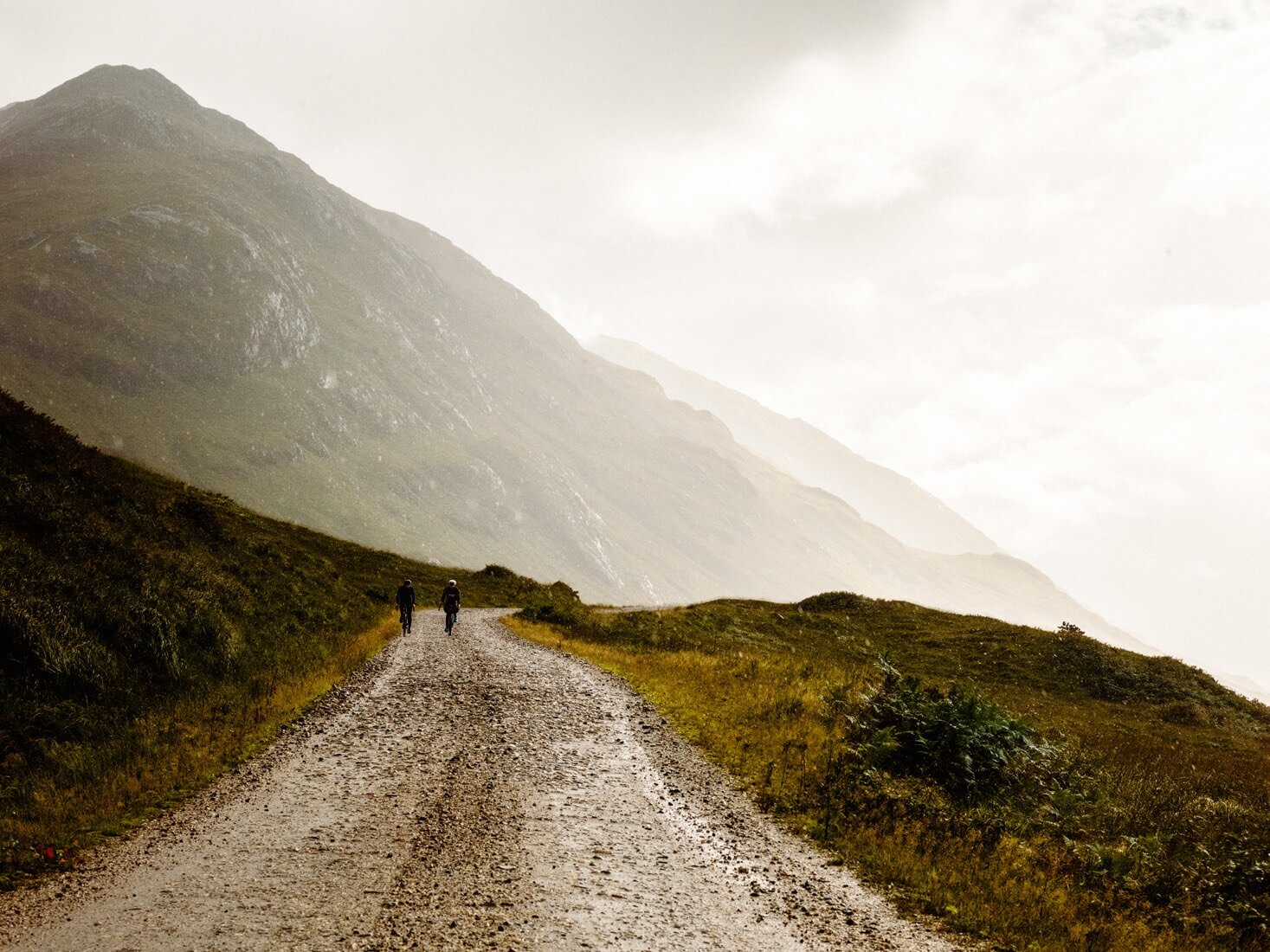
Rocket Science has been featuring the best in contemporary photography since 2016 through interviews, conversations, studio visits and essays by photographers, writers and artists. Your donation to Rocket Science directly supports new artistic content in the pages of Rocket Science and helps us pay our contributors fairly.
